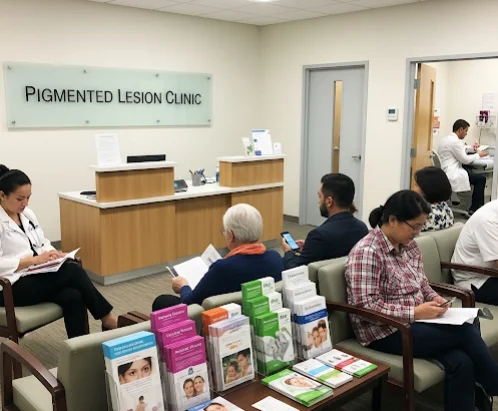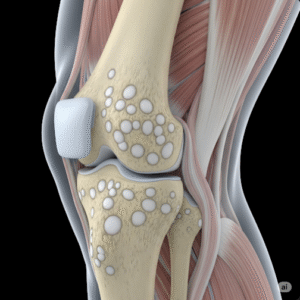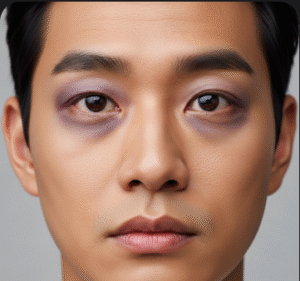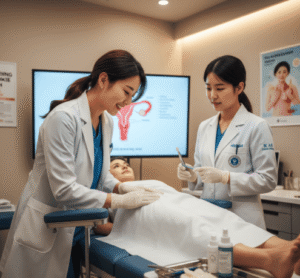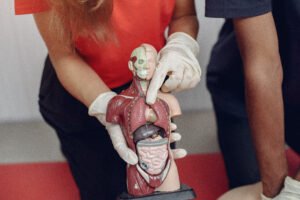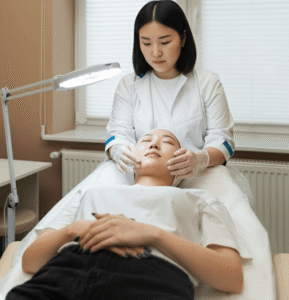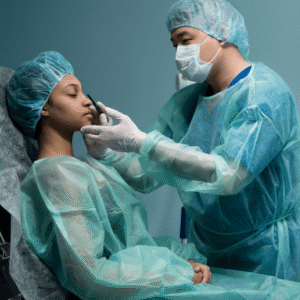What it is
A pigmented lesion clinic in Korea is a specialized dermatology service dedicated to the diagnosis, monitoring, and treatment of pigmented skin lesions, such as moles, freckles, age spots, melasma, and suspicious dark patches that may indicate melanoma or other skin cancers.
These clinics combine dermatoscopy, mole mapping, biopsy services, and cosmetic pigment treatments under one roof, offering both oncologic safety and aesthetic expertise.
→ They are commonly found in university hospitals, dermatology cancer centers, and private aesthetic dermatology clinics in Korea.
• Clinics manage both medical concerns (skin cancer risk) and cosmetic concerns (pigmentation removal).
• Korean clinics are known for integrating cutting-edge technology with a strong focus on natural cosmetic outcomes.
Why it’s done
Patients in Korea visit pigmented lesion clinics for:
→ Skin cancer detection → Early evaluation of suspicious pigmented lesions.
→ Monitoring high-risk patients → Those with multiple moles, family history of melanoma, or atypical moles.
→ Cosmetic pigmentation care → For freckles, sunspots, or melasma treatment.
→ Comprehensive management → Clinics provide both medical and cosmetic solutions in the same setting.
→ Preventive care → Regular checks help detect precancerous or malignant changes before they progress.
Alternatives
Without specialized clinics, patients may consider:
• General dermatology consultation → Less comprehensive than a dedicated clinic.
• Oncology centers → Focused mainly on confirmed skin cancers.
• Aesthetic clinics only → Treat pigmentation cosmetically but may miss malignant lesions.
• At-home monitoring → Using apps or self-checks, but risk of misdiagnosis is higher.
→ Dedicated pigmented lesion clinics in Korea are unique because they combine oncologic vigilance with cosmetic expertise.
Preparation
Before attending a pigmented lesion clinic in Korea, preparation includes:
- Medical history review → Family history of melanoma, personal sun exposure, past skin cancers.
- Skin survey → Patients are asked to identify lesions of concern.
- Avoiding tanning → To allow accurate pigment evaluation.
- Photography consent → Many clinics use digital mole mapping for long-term monitoring.
→ Korean clinics often recommend annual visits for high-risk patients, or more frequent follow-ups if lesions are changing.
How it’s done
A typical consultation at a pigmented lesion clinic in Korea includes:
- Clinical skin examination → Naked-eye inspection of suspicious areas.
- Dermatoscopy → Handheld or digital dermatoscope for deeper structure analysis.
- Mole mapping → High-resolution photography to track changes over time.
- Biopsy (if needed) → Shave, punch, or excisional biopsy for suspicious lesions.
- Treatment plan → Options include medical removal, laser treatment, or monitoring.
→ For cosmetic lesions, procedures may include:
- Laser therapy (Pico, Q-switched, or fractional lasers).
- Chemical peels for melasma or sunspots.
- Topical brightening agents (tranexamic acid, hydroquinone, niacinamide).
→ A session usually lasts 30–60 minutes depending on complexity.
Recovery
Recovery after visiting a pigmented lesion clinic depends on procedures performed:
• After dermatoscopy → No downtime at all.
• After biopsy → Healing in 1–2 weeks, stitches may be removed in 5–14 days.
• After laser pigmentation treatment → Redness and mild crusting for 3–7 days.
• After chemical peels → Peeling for 3–5 days before clearer skin appears.
→ Patients are advised to use sunblock diligently and follow skincare regimens to maintain results.
Complication
Possible risks include:
- False negatives → Rare, but early melanoma may be missed.
- Scarring → From biopsy or excision procedures.
- Pigmentation rebound → Especially with melasma if sun protection is poor.
- Laser side effects → Temporary redness, swelling, or pigmentation changes.
- Overdiagnosis anxiety → Some patients may worry about benign lesions being suspicious.
→ In Korea, risks are minimized by using dermatoscopy, pathology confirmation, and staged cosmetic treatments.
Treatment option in Korea
Korea offers world-class pigmented lesion clinics with advanced services:
→ University hospitals → Combine dermatology, oncology, and plastic surgery for high-risk lesion management.
→ Private dermatology clinics → Known for integrating skin cancer screening with aesthetic pigmentation treatments.
• Cutting-edge technology → Digital dermatoscopy, mole mapping, Pico lasers, and AI-assisted lesion analysis are widely available.
• Cosmetic integration → Patients can receive both cancer screening and pigmentation removal in one visit.
• Medical tourism → Many international patients choose Korean clinics for their dual approach of safety and beauty enhancement.
→ With its early detection systems, precision treatments, and emphasis on aesthetics, pigmented lesion clinics in Korea provide comprehensive care for both medical and cosmetic pigmentation issues.

